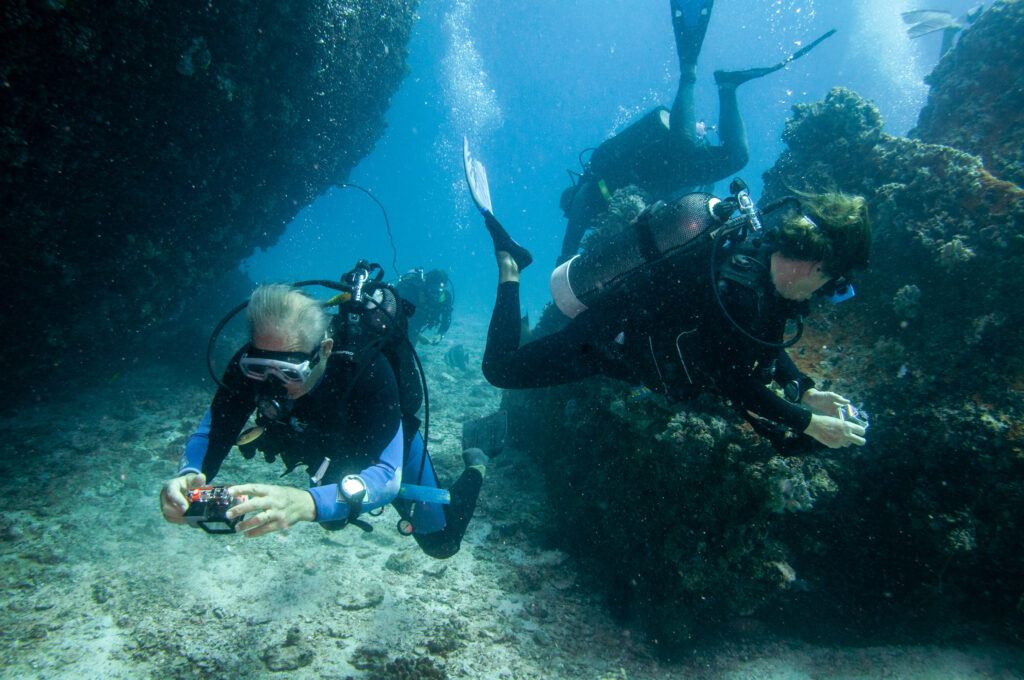What is the Frenzel Maneuver?

The Frenzel Maneuver is a specialized technique used primarily in scuba diving and freediving to equalize pressure in the middle ear. Named after the German Luftwaffe commander Hermann Frenzel who developed it during World War II, this maneuver has become a crucial skill for divers. Proper equalization prevents discomfort and potential damage to the ear caused by changes in pressure during descents and ascents in water. The Frenzel Maneuver involves closing the vocal cords and using the tongue to compress air into the Eustachian tubes, allowing for more effective pressure regulation compared to other methods.
What is a Valsalva Maneuver?

What is a Valsalva Maneuver? The Valsalva Maneuver, named after Antonio Maria Valsalva, the 17th-century Italian physician who first described it, is a technique commonly used by scuba divers to equalize middle ear pressure during a dive. This maneuver is vital for maintaining ear health and comfort while diving, as failure to equalize pressure can […]
What is a Toynbee Maneuver?

What is a Toynbee Maneuver? The Toynbee Maneuver is a strategy employed in scuba diving and other activities that involve significant changes in pressure, such as flying or mountain climbing. Named after British physician and researcher Dr. Arnold J. Toynbee, this method is designed to equalize the pressure in the middle ears, an essential procedure […]
What is Ascent when Diving?

Ascent refers to the upward movement a diver makes as they transition from being submerged underwater to reaching the surface. This process is an essential phase in scuba diving, directly impacting the safety and health of the diver. Ascent is not necessarily a straightforward or continuous journey from depth to the surface; it may require planned pauses, known as decompression stops, to help the body adjust to pressure changes and avoid decompression sickness, a condition commonly called “the bends.” In scuba diving, a controlled and deliberate ascent is crucial to maintaining well-being, preventing injuries, and ensuring a safe return to the surface. This article will explore the importance of ascent, its stages, best practices, and the potential risks divers face during this critical part of the dive.
